If you’re about to bid for business with the US government, be warned: Responding to a Request for Proposal (RFP) can be a nightmare, but business development consultant Steve R. Osborne really helps. His step-by-step primer on planning, managing and submitting successful bids for government business leaves no detail – absolutely none – unmentioned. If you’re a project manager in charge of writing a bid to respond to a government RFP – be it your first or your 50th – getAbstract believes that Osborne provides the guidance you need, with lifesaving information on every page.
RFP: Request for Proposals or Really Frustrating Pain?
Responding to a US federal government bid proposal is a pain. Project managers often undertake preparing a bid for a Request for Proposal (RFP) process with dread in their hearts because the process is so complex. However, winning a lucrative government contract is worth the trouble. Since regulations prevent federal agencies from selecting vendors randomly, an agency that needs to outsource work – from building a garage to creating a public education campaign – will issue an RFP. To compete for the work, contractors in the relevant field must respond to the RFP with a winning bid based on correct documentation. As veteran bidders know, these requests can be maddeningly complicated and so can your response. RFP templates often develop over time, with disparate sections and amendments that often seem to conflict with one another, but the bidder must furnish every detail.
Inexperienced bidders might miss these realities, misunderstand the scope of the project or miscalculate the time they’ll need to complete their bid. Often, they’ll neglect to create a bid strategy to guide their proposal writing. Sometimes, the...
Steve R. Osborne, PhD, founded Cornerstone Training and has more than three decades of experience in securing government business from many departments and agencies.









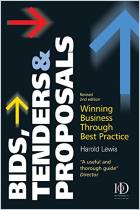
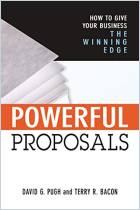
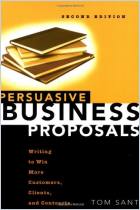
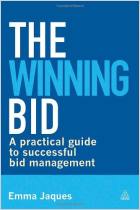

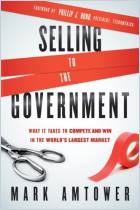


Comment on this summary or Démarrer une discussion